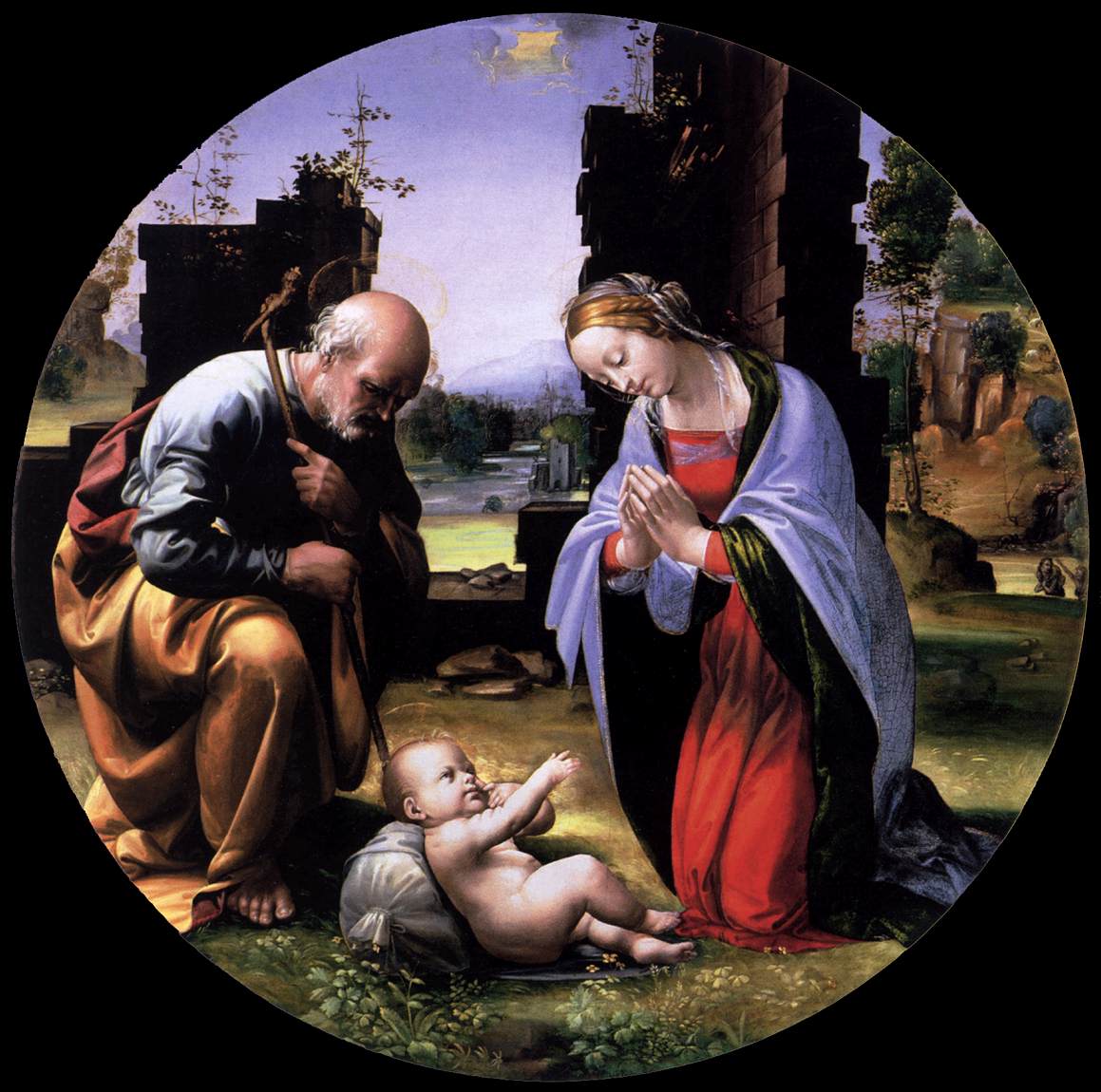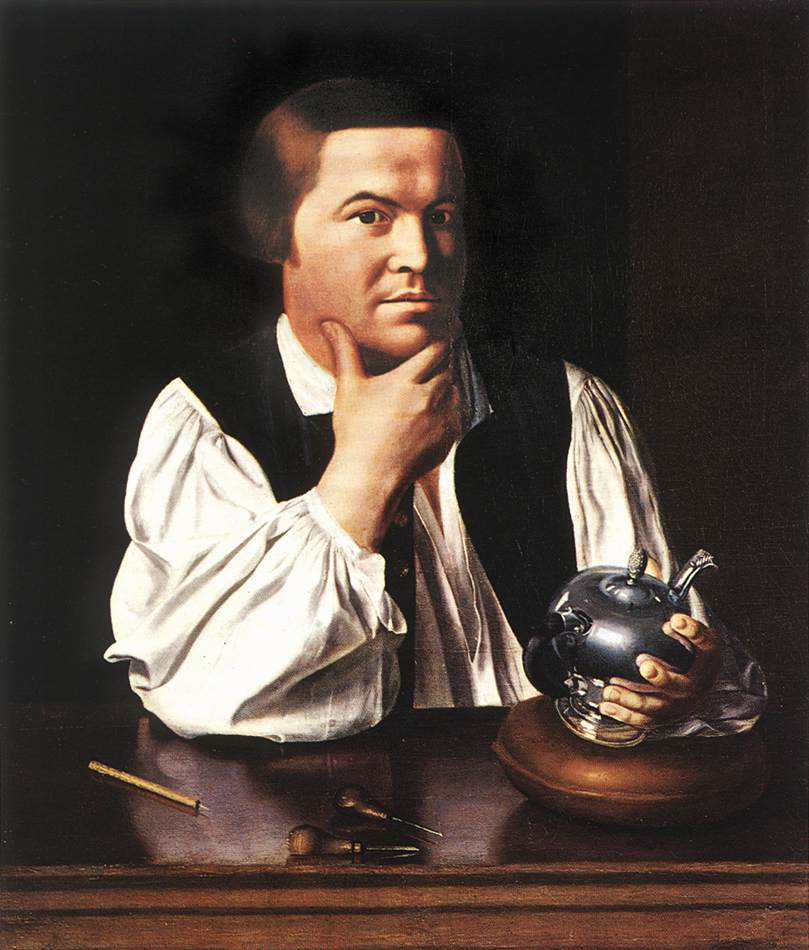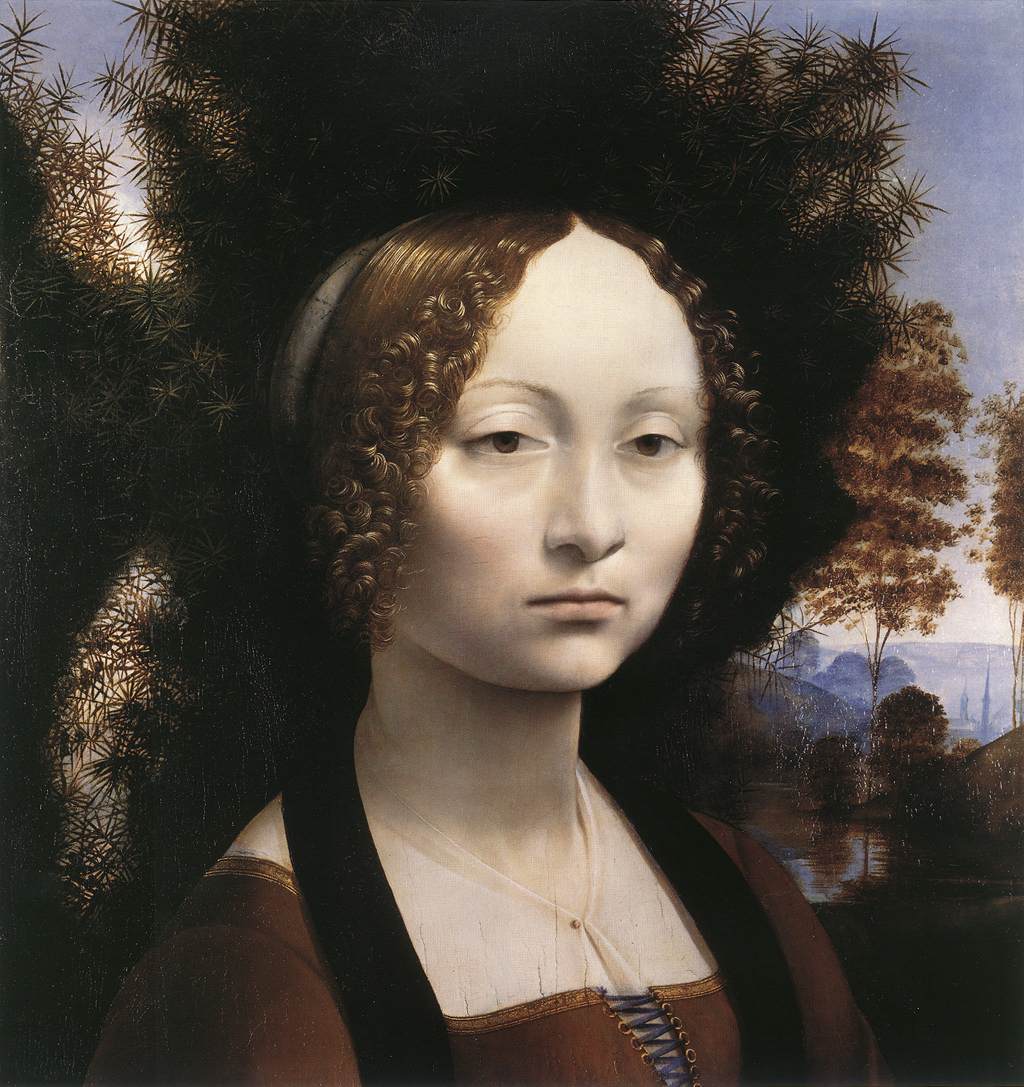On this day in 1571, the artist
Michelangelo Merisi da Caravaggio was born in Milan, Italy. He would later be referred to as simply, "Caravaggio."
His short life was a dichotomy of darkness and light, eerily reflected in his use of
chiaroscuro, a technique he refined in his paintings. In art, chiaroscuro describes the strong contrast of light and dark, resulting in a bold composition and realistic rendering of objects. Caravaggio took chiaroscuro to new heights in painting, yet his life was marked by a similarly bold contrast of light and dark.
 |
CARAVAGGIO Boy Peeling a Fruit
c. 1593
Oil on canvas, 75,5 x 64,4 cm
Fondazione di Studi di Storia dell'Arte Roberto Longhi, Florence |
As a young boy, Caravaggio lost his father to a plague, and his mother died when he was about 13, just as he began a four year apprenticeship to the artist Simone Peterzano. His young adulthood was marred by brawls, outbursts of violent behavior, killing and imprisonment. As he aged, he grew increasingly turbulent, and was imprisoned a second time for a violent incident. The court documents of his trials and proceedings show a troubled and chaotic man, so fearful of his enemies that he slept with his dagger. This was the blackness of his life, the "jaws of darkness" from which he could not escape.
 |
CARAVAGGIO St Jerome
c. 1606
Oil on canvas, 112 x 157 cm
Galleria Borghese, Rome |
In stark contrast, his artistic career flourished, although the heightened realism of his paintings often offended his patrons, resulting in some of his works being repainted to suit their modesty. Through the use of chiaroscuro and realism, Caravaggio depicted his human subjects with intense naturalism. His compositions often portray biblical figures experiencing an episode of keen emotional or psychological conflict, or at the precise moment of an event, such as in
Judith Beheading Holofernes (1599). He also mastered still life, and genre scenes of musicians and fortune tellers. This was the light of his life, the blinding brightness against the obsidian darkness.
 |
CARAVAGGIO The Fortune Teller
1596-97
Oil on canvas, 99 x 131 cm
Musée du Louvre, Paris |
Caravaggio's art has greatly influenced other artists such as Vermeer, Rembrandt, La Tour, Delacroix, Courbet and Manet. His art and life have been the subject of recent books and articles, including the latest by
Andrew Graham-Dixon, Caravaggio - A Life Sacred and Profane.
notes:
Article main source:
http://en.wikipedia.org/wiki/Caravaggio
Secondary source:
Andrew Graham-Dixon, Caravaggio - A Life Sacred and Profane.
The quote"jaws of darkness" is from Wm. Shakespeare's
A Midsummer Night's Dream
Web Gallery Of Art












































-large.jpg)





